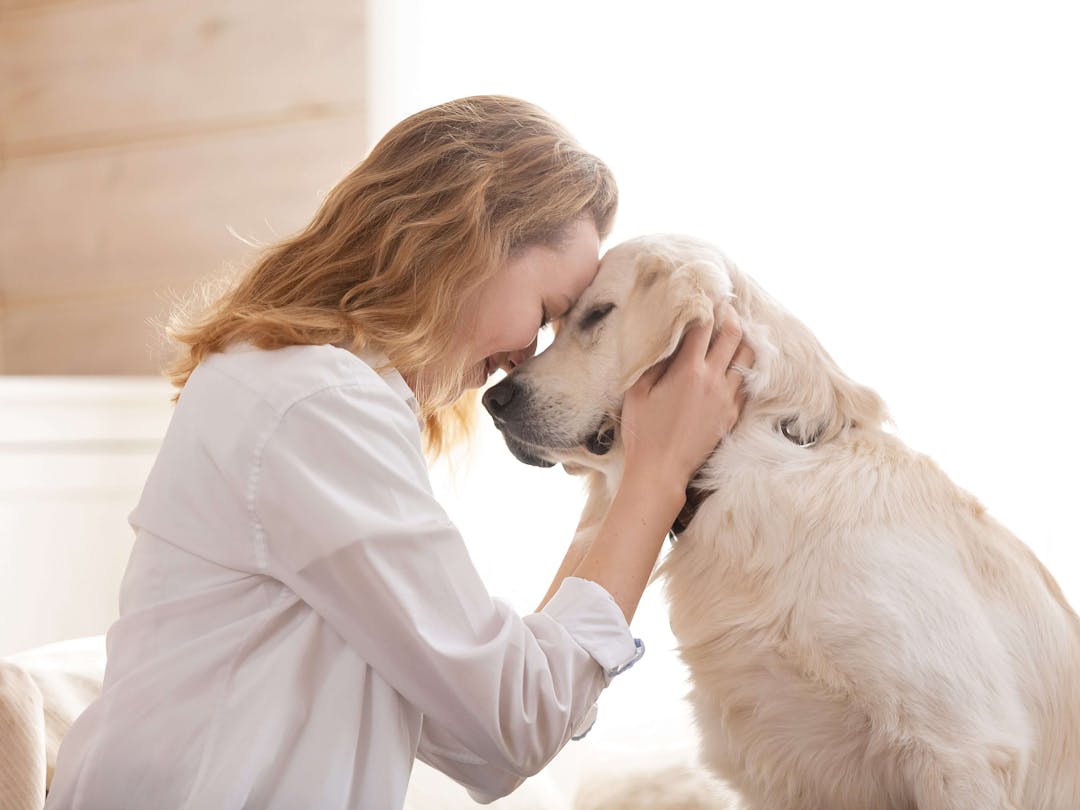
From the proper way to shovel snow to ways to stay warm, here are four tips to read before the next snowstorm strikes.
There’s more to winter preparedness than just buying a shovel.
It’s important to think ahead to safety, particularly in the event of a snowstorm. Winter storms bring unique risks: Approximately 11,500 people get injured shoveling snow every year, according to the American Journal of Emergency Medicine.
A little planning can help you stay safe and warm all season long. Here are four ways to tackle winter weather with confidence.
1. Shovel smarter, not harder
Shoveling can be strenuous – and dangerous. To prevent injury, be sure to:
- Use a lightweight plastic shovel
- Warm up beforehand, as you would with any other type of exercise
- Bend your knees and lift with your leg muscles, not your back
- Lift small amounts at a time
- Walk your load to where you want to dump it versus throwing it with a twisting motion
- Take frequent breaks to prevent overexertion
- Drink plenty of water, as dry weather and exercise can lead to dehydration
If you have existing health concerns, check with your doctor before shoveling. This is particularly important if you have cardiovascular disease.
“Lots of really healthy, strong men have died having heart attacks while they're shoveling snow,” Dr. Robert Lichfield, a family practice specialist at Providence Health & Services in Spokane, Washington told USA Today. “There’s a lot of theories … one is that oftentimes, when we go out to shovel snow we don't warm up at all. We take our heart from the base resting heart rate to … high really quickly.”
If your physician advises against heavy lifting, consider hiring a snow removal service or seeking help from a neighbor.
Learn 6 ways to prevent heart disease.
2. Make a plan in case of routine healthcare disruption
Healthcare doesn’t pause for snowstorms or any other weather conditions. For individuals on treatments like dialysis, where regular sessions are essential, have a plan in place in case severe weather strands you at home for days. Contact your provider ahead of time to discuss emergency protocols, such as what to do if you can't reach your regular facility. If you have any condition that requires ongoing medication, have at least two weeks’ worth of your prescriptions on hand.
Find out what to do if you miss a medication dose.
Besides managing normal treatments, you’ll want to have a basic first-aid kit. This should include:
- Bandages, antiseptic, sterile gauze, and adhesive tape
- Over-the-counter pain medication
- A thermometer
- Hand sanitizer
Lastly, keep an updated list of your health conditions, allergies, medications, and healthcare providers in an easily accessible place. You may even consider enrolling in a medical alert service that can provide critical information to emergency responders.
Learn about Medicare coverage for medical alert systems.
3. Keep warm during winter weather
Before heading outside, dig those long johns out of your closet—layering is key in cold temperatures. Start with a base made of moisture-wicking material. Then add an insulating layer like fleece, which traps warm air close to your body. Your outerwear should be windproof and waterproof. Don't forget to cover your hands, feet, and head. (Now's the time to put those wool socks you got for the holidays to good use.)
Inside your home, keep the thermostat at a comfortable, consistent temperature. Use draft stoppers on doors and windows, and keep curtains drawn. A space heater can be an economical way to stay toasty, but make sure to follow the manufacturer’s guidelines for safe use. Finally, keep your body moving. Even simple activities can help you generate body heat.
Hypothermia can happen even at cool temperatures—not just freezing ones. Know how to recognize early signs of this dangerous condition, like:
- Cold hands and feet you can’t easily warm up
- Feelings of tiredness or confusion
- Slurred speech
- Uncontrollable shivering
If you suspect you or your loved one has hypothermia or frostbite, don’t wait and see at home. Get to an emergency room as soon as possible.
Learn how Medicare covers ER visits.
4. Be prepared for power outages
These days, cell phones and computers are essential. Consider investing in a power bank to keep your phone and computer charged. Though more expensive than a portable charger, a power bank will keep your devices charged much longer.
If you rely on electric medical devices, it’s important to have an alternative power source like a battery backup system, solar charger, or generator. If you plan to use a generator, read the user manual and understand all safety precautions. Never use gas-powered generators indoors, as the fumes can be deadly. Keep generators at least 20 feet from windows and doors, and place them somewhere they won't get wet.
It's also a good idea to print out power-outage food safety guidelines and post them on your refrigerator—a link to one is provided in the resources below. Always play it safe: When in doubt, throw it out!
Stock up on essentials beyond first-aid, too, such as:
- A reliable flashlight and extra batteries
- Two weeks’ worth of bottled water and non-perishable food items
- A manual can opener
- Blankets, warm clothing, and hand warmers
- A hand-crank radio
- Pet food or medications for your four-legged companions
- A waterproof container to store these items in
Finally, it’s smart to set up a buddy system ahead of a severe weather event. Establish a plan with neighbors or caregivers. In case of a total communication blackout, agree on an accessible meeting point or a way to leave word with loved ones. A simple, pre-arranged signal visible from outside—like placing a specific item at the window—can communicate messages like, “I'm okay” or, “I need help.”
When preparing for winter weather, a little planning goes a long way. By being proactive, you can handle whatever Jack Frost has in store.
Medicare to the rescue
No, Medicare can’t shovel you out or restore your electricity. But when you’re snowbound, Medicare can help by providing telemedicine coverage. You may find broader telehealth coverage under a Medicare Advantage plan. To compare plans in your area, check out our easy-to-use Find a Plan tool.
Additional resources
- ClearMatch Medicare: Find a Medicare Plan
- National Institute on Aging. Cold Weather Safety for Older Adults
- Harvard Health Publishing. Cold-Weather Cautions
- Centers for Disease Control and Prevention. Stay Safe During & After a Winter Storm
- National Council on Aging: 4 Best Medical Alert Systems
- FoodSafety.gov. Food Safety During Power Outage
- Red Cross. Generator Safety Tips
- American Journal of Emergency Medicine. Snow shovel–related injuries
- Consumer Product Safety Commission. Seven Highly Effective Portable Space Heater Habits
- Science Direct: “Clinical Outcomes of Temperature-Related Injuries”
- USA Today: “Will I Get Sick If I Shower in the Morning? Experts Debunk Common Winter Weather Claims”



